Preparedness
Robot Heroics: Texas Standoff Ends with High-Tech Takedown
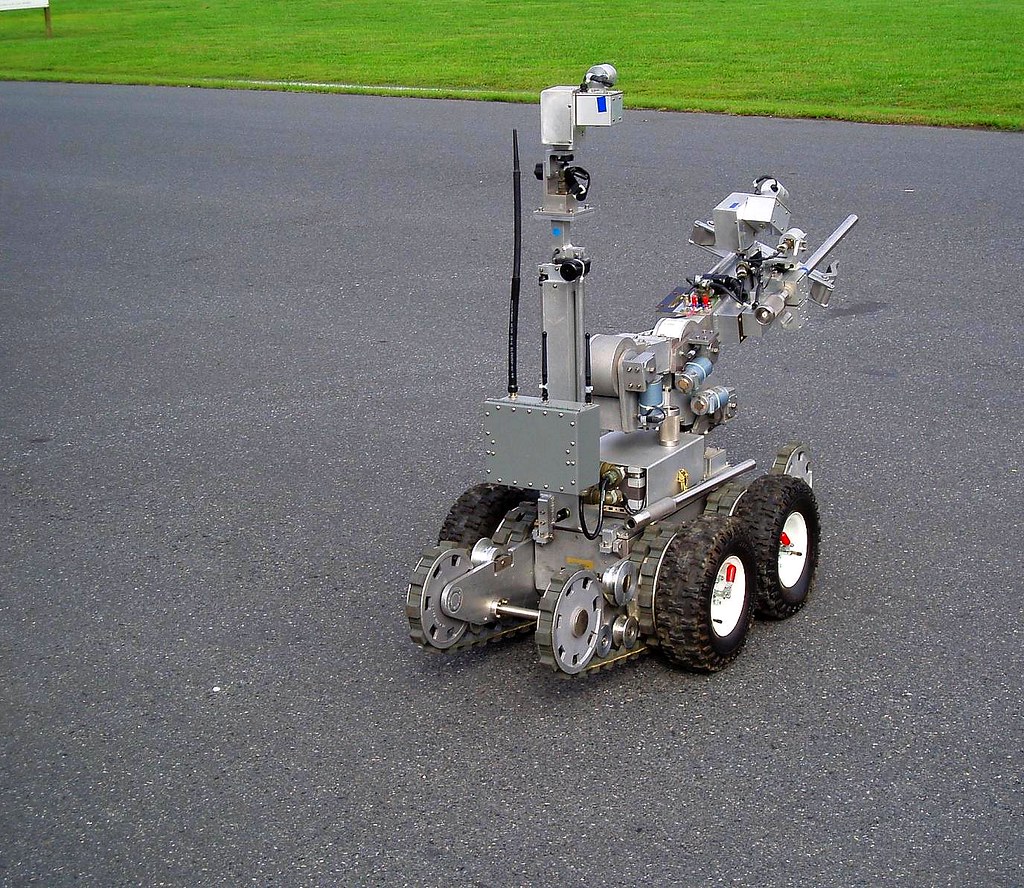
There’s a new high-tech hero in the realm of law enforcement. A police bomb squad robot recently played a pivotal role in subduing an armed suspect during a tense standoff in Texas.
The incident involved 39-year-old Felix Delarosa, who had a warrant out for his arrest due to a parole violation. According to KCBD, Delarosa had tampered with his electronic monitoring device.
Around 10 a.m. on a Wednesday, members of the Texas Anti-Gang unit located Delarosa at a Days Inn hotel in Lubbock. When officers attempted to approach him, Delarosa, who was armed, fired a shot from inside his hotel room.
In response, the officers called in the Lubbock County Sheriff’s SWAT team for assistance.
Negotiations with Delarosa proved challenging as he fired additional shots while barricaded in his room. Amid the exchange, the room’s large glass window was shattered.
To mitigate further risk to law enforcement, the Lubbock Regional Bomb Squad deployed a robot to handle the situation. The robot approached Delarosa’s hotel room, and the suspect attempted to disable it by throwing a bed sheet over it, which proved ineffective.
The robot advanced towards the broken window, prompting Delarosa to shoot at it. In a tactical move, the robot retaliated by deploying tear gas into the room.
Footage shows Delarosa crawling out of the room, visibly disoriented from the tear gas.
As he struggled on the ground, the robot maneuvered on top of him, pinning him down. During this action, the robot’s wheels inadvertently pulled down the suspect’s pants.
SWAT team members then swiftly moved in and apprehended Delarosa, concluding the two-hour standoff.
Following his capture, Delarosa was transported to University Medical Center for treatment of his injuries before being booked into the Lubbock County Detention Center.
He now faces charges of aggravated assault against a public servant.
The Texas Department of Criminal Justice noted that Delarosa had previously been sentenced to 20 years in prison in 2017 for manufacturing and delivering a controlled substance. He was released on parole in April 2022.
This incident demonstrates the growing role of technology in law enforcement, showcasing how robotic assistance can effectively and safely manage high-risk situations.
Watch a video about the incident below:
Let us know what you think, please share your thoughts in the comments below.

Preparedness
Master Survival Priorities with This Essential Rule
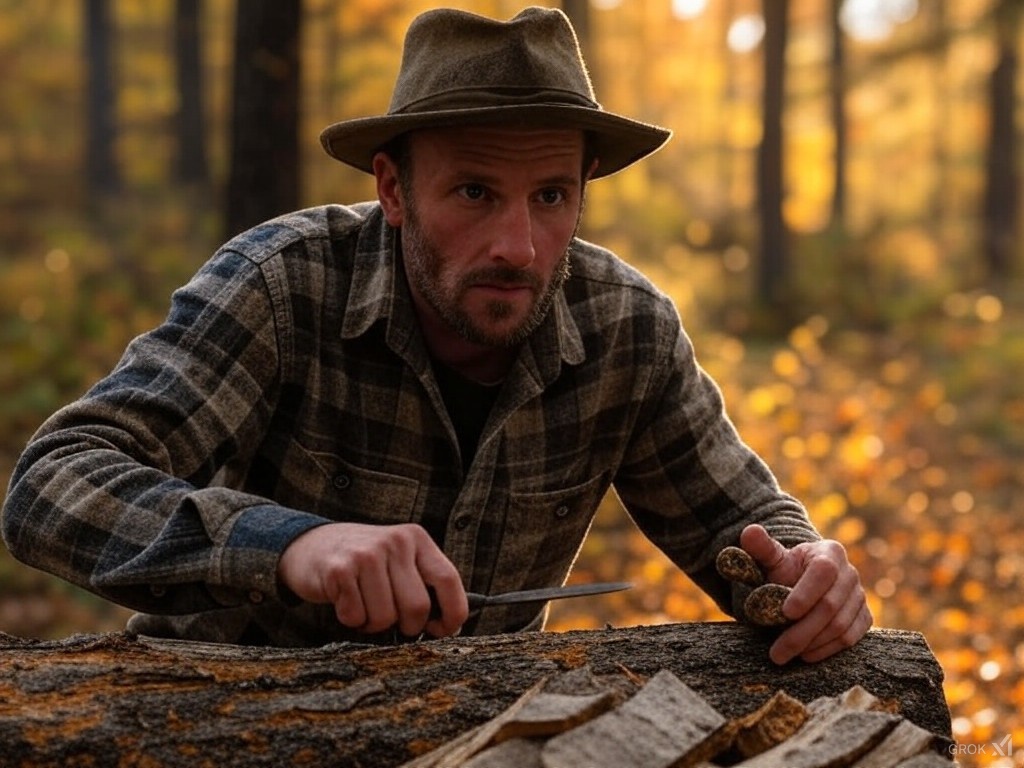
Understanding how to prioritize your needs in a survival situation is crucial. The Rule of Three serves as a guiding principle for determining which needs must be addressed first when facing a crisis. By understanding this rule, you can make informed decisions that could mean the difference between life and death.
The Rule of Three breaks down the time you can survive without meeting certain critical needs. For example, you can only live for about three minutes without oxygen. “Just a few seconds of oxygen deprivation to the brain can cause someone to lose consciousness.” This makes it clear that in any emergency, ensuring a steady supply of oxygen is the top priority.
Basic first aid skills are vital for addressing breathing emergencies. Knowing the ABCs of first aid and how to perform CPR and the Heimlich Maneuver can be lifesaving. The next priority according to the Rule of Three is shelter, which includes both physical structures and appropriate clothing. Proper shelter is essential to protect against harsh environmental conditions, which could otherwise lead to hypothermia or other life-threatening conditions.
The importance of building a fire cannot be overstated. Fire provides warmth and a means to cook food and boil water. Even if you are dressed appropriately, knowing how to create additional shelter and warmth is crucial. In situations where you might be caught unprepared for changing weather, the ability to build a fire can be a lifesaver.
Water is another critical need, with most experts agreeing that you can survive only about three days without it. However, this timeframe can vary based on several factors, such as environmental conditions and physical activity. “In a hot climate, your body will sweat more, leading to more water consumption.” This highlights the importance of finding and purifying water in survival situations to prevent dehydration and illness.
While food is less urgent compared to shelter and water, it remains essential for long-term survival. You might survive for weeks without food, but having a supply of emergency food or knowing how to forage, hunt, or fish can help sustain you. Rationing any available food is critical to extending your survival time.
The Rule of Three also emphasizes the importance of hope and human companionship. Without hope, maintaining the will to survive becomes difficult. As illustrated in the film Castaway, hope can be a powerful motivator. Tom Hanks’ character famously said, “I know what I have to do now. I’ve got to keep breathing because tomorrow the sun will rise. Who knows what the tide could bring.” This mindset is crucial for enduring the challenges of a survival situation.
Human companionship is another essential need. Having people you can depend on, and who are aware of your whereabouts, ensures that someone will alert authorities if you go missing. This network of support can make a significant difference in a survival scenario.
By understanding and applying the Rule of Three, you can better prepare for unexpected situations, prioritize your needs, and increase your chances of survival.
Let us know what you think, please share your thoughts in the comments below.
Preparedness
9 Essential Medical Supplies Every Prepper Needs for Survival
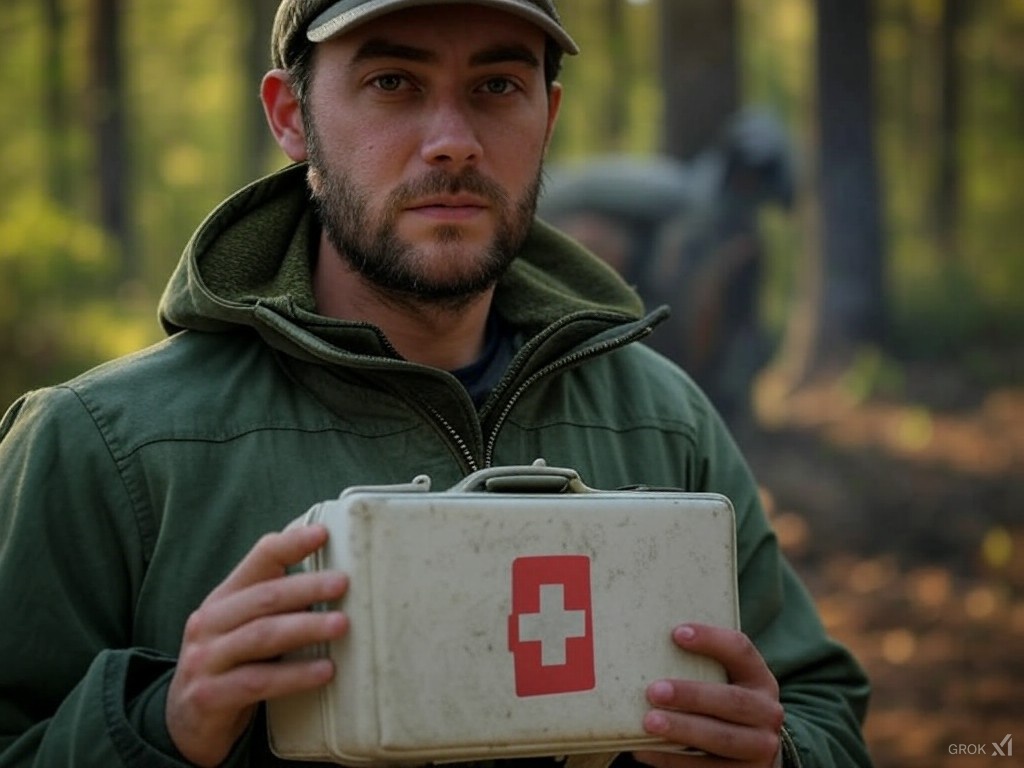
When disaster strikes, having the right first aid supplies can mean the difference between life and death. Whether it’s a natural disaster, societal disruption, or a personal emergency, being prepared to handle medical issues without professional help is crucial. This guide will walk you through the essential medical items every prepper should have, along with the knowledge needed to use them effectively when professional care is unavailable.
1. Basic First Aid Kit Essentials
A well-stocked first aid kit is the cornerstone of any prepper’s medical supplies. Key items include gauze pads and rolls, bandages, antiseptic ointments, medical tape, and trauma shears. These tools are essential for controlling bleeding, preventing infection, and securing dressings. Customize your kit based on your family’s specific needs and the risks you are most likely to face.
2. Over-the-Counter Medications
Having a supply of over-the-counter medications can help manage minor illnesses and relieve symptoms when professional healthcare is limited. Make sure to rotate your stock to keep expiration dates current and store medications properly to maintain their effectiveness.
3. Advanced Wound Care Supplies
For more serious injuries, you’ll need advanced supplies like sutures, sterile gloves, and wound irrigation tools. These items are crucial for treating deep cuts and preventing infections when professional medical help is not available.
4. Diagnostic Tools
Equip yourself with diagnostic tools like thermometers, blood pressure cuffs, and stethoscopes. With proper training, these tools can help you assess and respond to medical emergencies effectively.
5. Survival Medicine Training
Supplies alone won’t suffice in an emergency. Taking a formal survival medicine course can provide invaluable hands-on education. Programs offered by organizations like the Red Cross teach skills such as patient assessment, bleeding control, fracture setting, and CPR. This training prepares you to potentially save lives when professional medical care is not available.
6. Authoritative Medical References
Stockpile medical references to help diagnose and address health problems. Books like “Where There Is No Doctor” and “The Survival Medicine Handbook” offer practical treatment advice and cover hundreds of medical issues. Keep printed guides and digital copies handy for quick reference during emergencies.
7. Regular Practice and Drills
Reading about emergency techniques isn’t enough; hands-on practice is essential. Regularly rehearse key skills like CPR, wound care, and fracture setting until they become second nature. This practice builds muscle memory and confidence, ensuring you can remain calm and focused during real emergencies.
8. Inventory and Storage Management
Keeping an up-to-date inventory of your medical supplies is crucial for preparedness. Designate a secure storage area, take inventory every six months, and replace expired items. Use waterproof storage bins to protect supplies from moisture and temperature fluctuations.
9. Smart Organization of Supplies
Organize your supplies for efficient response during emergencies. Group related items together, label kits clearly, and map out designated treatment areas in your home or bug-out location. Place basic first aid kits in go-bags, vehicles, and high-risk areas like kitchens and workshops.
Being prepared to handle medical emergencies without professional help requires thoughtful accumulation of supplies and extensive self-education. By building robust medical reserves and gaining essential skills, you can sustain health and potentially save lives when hospitals are inaccessible. Make first aid preparedness a priority in your disaster planning to mitigate reliance on professional healthcare during unstable times. Continue expanding your knowledge and supplies through online resources, community groups, and first responder courses. Incremental progress over time will enhance your capacity to confidently respond to medical crises.
Let us know what you think, please share your thoughts in the comments below.
Preparedness
5 Ways to Embrace Homesteading No Matter Where You Live
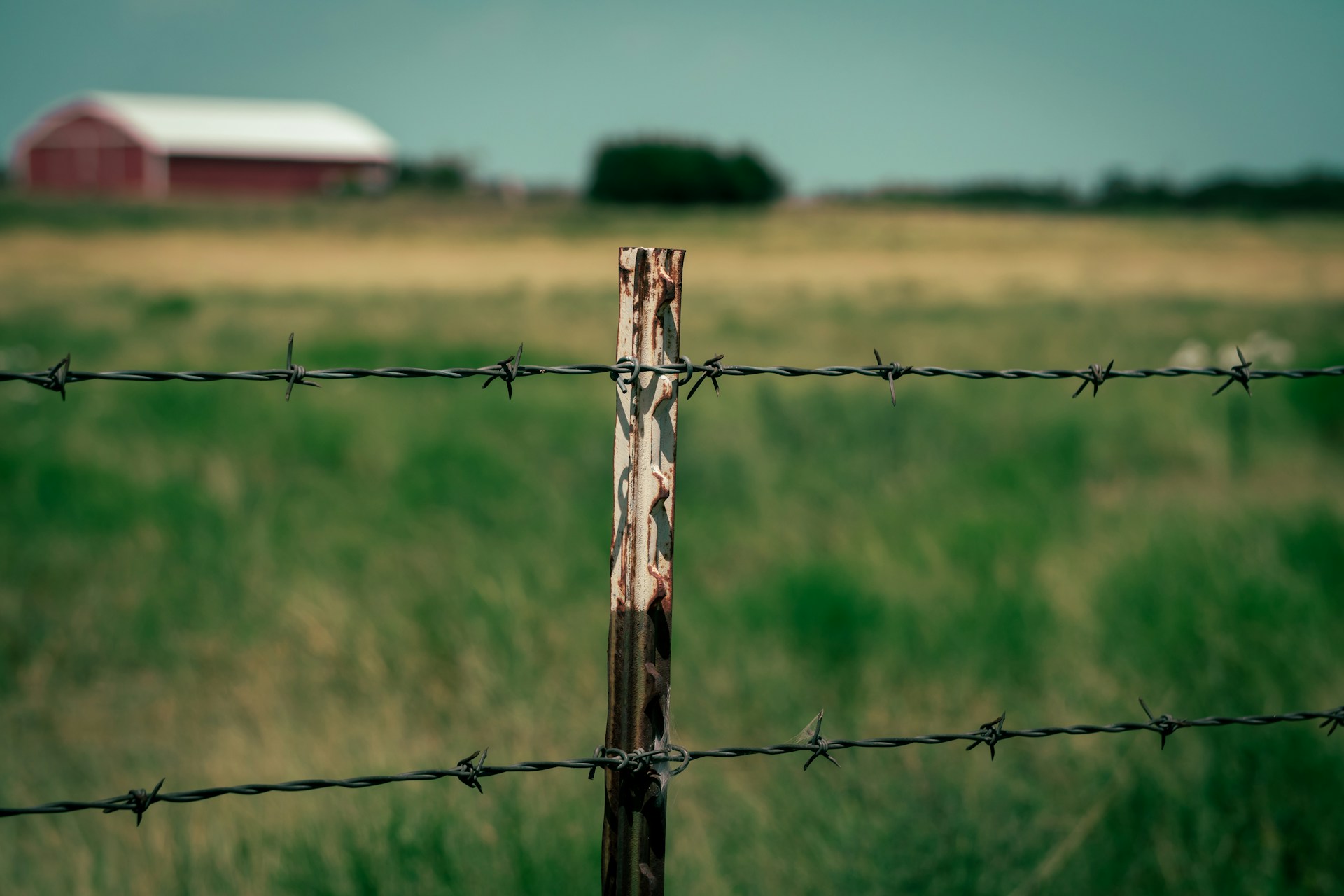
In today’s fast-paced world, the dream of self-sufficiency and homesteading is becoming increasingly appealing. However, many people believe that a significant amount of land is necessary to embark on this journey. The truth is, homesteading is a mindset and lifestyle choice that can be adapted to any living situation. Whether you’re in a city apartment or on a sprawling rural property, there are steps you can take towards self-sufficiency. Let’s explore the various ways you can embrace homesteading, no matter your space constraints.
1. Urban Homesteading: Making the Most of Small Spaces
Living in an urban environment doesn’t mean you have to give up on homesteading dreams. Urban homesteaders are creative and resourceful, finding ways to incorporate self-sufficiency into their city lives. Consider raising bees on apartment rooftops instead of livestock, or invest in a community garden plot to grow your own produce. Herbs can thrive on windowsills, and local farmers’ markets are great for sourcing meat and other essentials. Even composting can be adapted with a simple countertop bin.
2. Suburban Homesteading: Backyard Opportunities
For those in suburban areas, backyard homesteading offers a chance to expand your self-sufficiency efforts. A small garden can provide fresh produce for your family, and if local regulations permit, you might even keep chickens for eggs. With a bit more space, you can transition from indoor to outdoor composting. Collaborating with neighbors to share resources, like purchasing a cow together, can also enhance your homesteading experience.
3. The 5-Acre Dream: A Balanced Approach
Owning around 5 acres is often seen as the sweet spot for homesteading. This amount of land allows for a diverse range of activities, from raising chickens, goats, and pigs to maintaining a garden and greenhouse. You can plant fruit trees, establish a mini orchard, and even create a pond for fish farming. This level of homesteading provides a balance between self-sufficiency and manageability.
4. Large-Scale Homesteading: The Full Experience
For those with 10 or more acres, the possibilities for homesteading are vast. With ample space, you can grow your own food, raise cattle, and even chop wood for heating. Additional buildings like barns, root cellars, and greenhouses can support a fully self-sufficient lifestyle. While this level of homesteading requires significant resources and commitment, it offers the most comprehensive self-sufficiency experience.
5. Tailoring Homesteading to Your Lifestyle
Ultimately, homesteading is about what it means to you personally. Whether it’s producing your own food, raising animals, or reducing reliance on commercial products, your homesteading journey is unique. Start by assessing your current space and resources. If you can’t grow a garden, visit local farmers’ markets. If you can’t keep chickens, consider beekeeping or sourcing honey locally. Embrace DIY projects like making your own cleaning products or soap, and sell your creations locally.
In conclusion, homesteading is not defined by the amount of land you have but by the steps you take towards self-sufficiency. Whether you’re in an urban apartment or on a large rural property, there are countless ways to incorporate homesteading into your life. By adapting your practices to your environment and resources, you can embark on a fulfilling journey towards self-sufficiency and sustainability. Remember, every step you take brings you closer to your homesteading dreams.
Let us know what you think, please share your thoughts in the comments below.
-
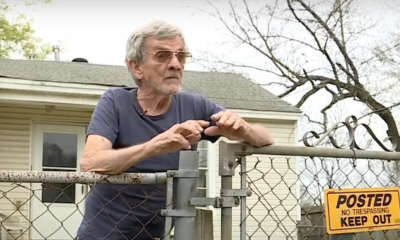
 Tactical10 months ago
Tactical10 months ago70-Year-Old Fends Off Intruder with Lead-Powered Message
-

 Preparedness6 months ago
Preparedness6 months agoEx-Ballerina’s Guilty Verdict Sends Tremors Through Gun-Owner Community
-
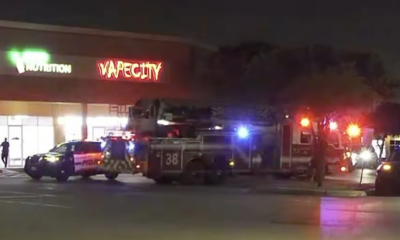
 Tactical9 months ago
Tactical9 months agoVape Shop Employee Confronts Armed Crooks, Sends Them Running
-

 Preparedness4 months ago
Preparedness4 months agoGood Samaritan Saves Trooper in Harrowing Interstate Confrontation
-

 Tactical10 months ago
Tactical10 months agoMidnight SUV Theft Interrupted by Armed Homeowner’s Retaliation
-

 Survival Stories1 year ago
Survival Stories1 year agoEmily’s 30-Day Experience of Being Stranded on a Desert Island
-

 Preparedness5 months ago
Preparedness5 months agoArizona Engineer’s Headless Body Found in Desert: Friend Charged
-

 Preparedness4 months ago
Preparedness4 months agoBoy Saves Dad from Bear Attack with One Perfect Shot